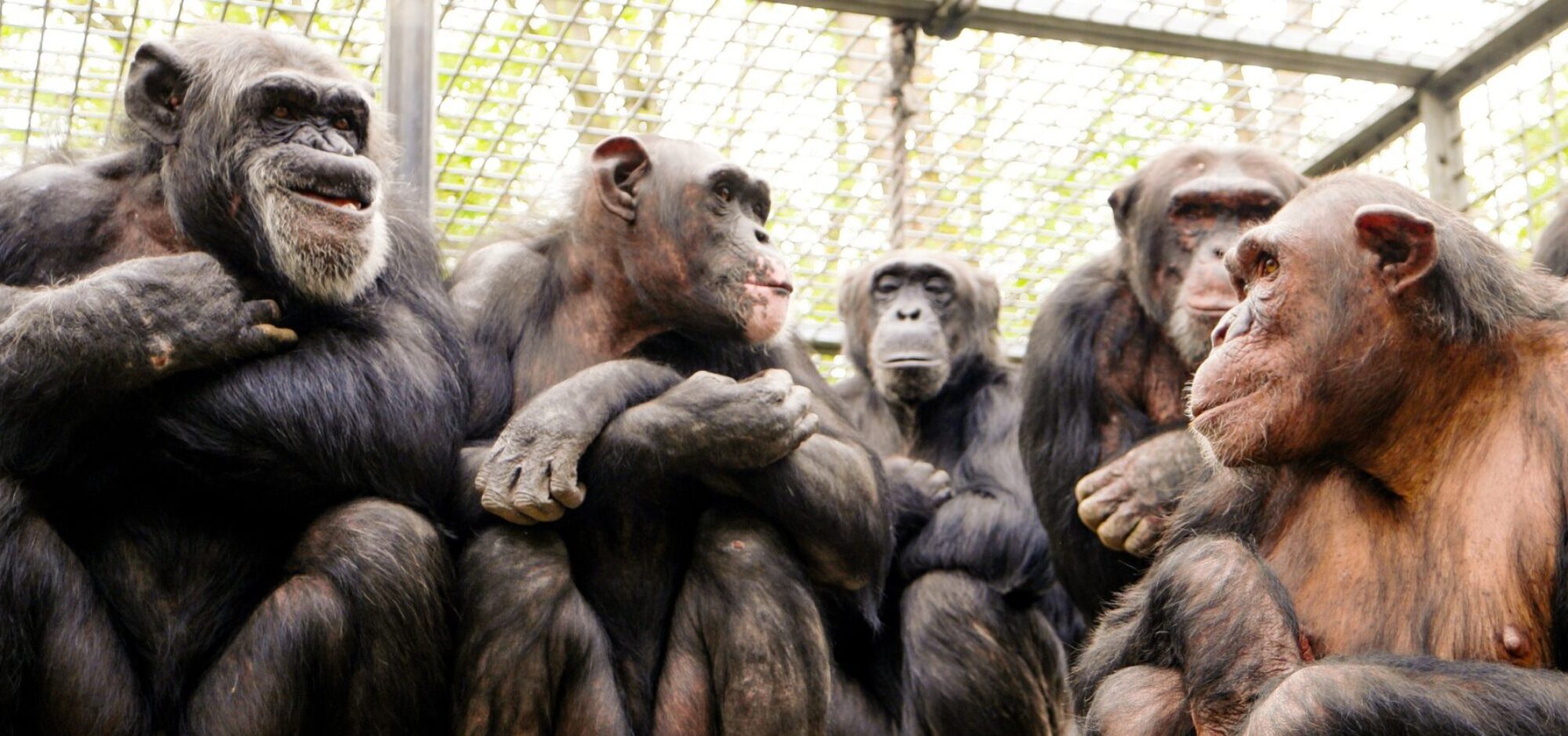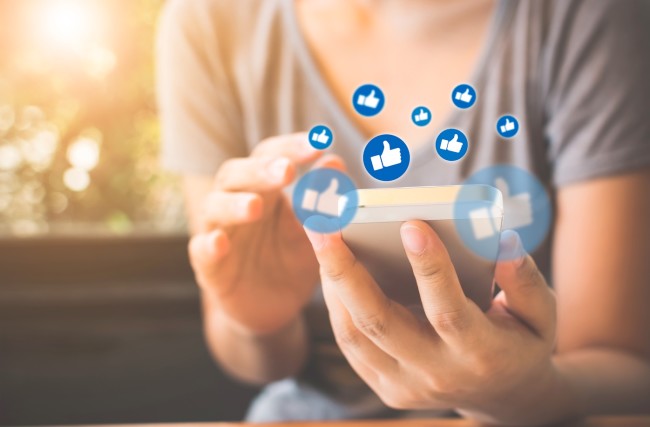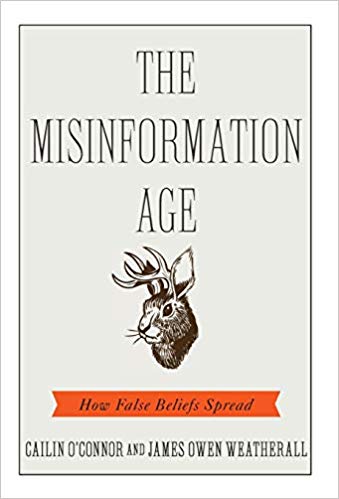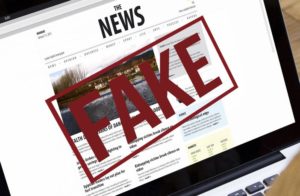“The misinformation virus
Lies and distortions don’t just afflict the ignorant. The more you know, the more vulnerable you can be to infection
Elitsa Dermendzhiyska
is a science writer and social entrepreneur working at the intersection of technology, research and mental health. She is the editor of the mental health anthology What Doesn’t Kill You: 15 Stories of Survival (2020). She lives in London.
16 April 2021
https://aeon.co/essays/why-humans-find-it-so-hard-to-let-go-of-false-beliefs
(…)
What’s different today is the speed, scope and scale of misinformation, enabled by technology. Online media has given voice to previously marginalised groups, including peddlers of untruth, and has supercharged the tools of deception at their disposal. The transmission of falsehoods now spans a viral cycle in which AI, professional trolls and our own content-sharing activities help to proliferate and amplify misleading claims. These new developments have come on the heels of rising inequality, falling civic engagement and fraying social cohesion – trends that render us more susceptible to demagoguery. Just as alarming, a growing body of research over the past decade is casting doubt on our ability – even our willingness – to resist misinformation in the face of corrective evidence.
(…)
Yet no matter how clear the correction, typically more than half of subjects’ references to the original misinformation persist. What’s remarkable is that people appear to cling to the falsehood while knowing it to be false. This suggests that, even if successfully debunked, myths can still creep into our judgments and colour our decisions – an outcome referred to in the literature as ‘the continued influence effect’.
Why does this happen? According to Jason Reifler, professor of political science at the University of Exeter, we tend to take incoming information at face value, ‘because the existence of human society is predicated on the ability of people to interact and [on] expectations of good faith.’ Moreover, myths can take on subtle, crafty forms that feign legitimacy, making them hard to expose without careful analysis or fact checks. This means that those of us too dazed by the job of living to exert an extra mental effort can easily succumb to deception. And once a falsehood has slipped in and become encoded in memory – even weakly – it can prove remarkably sticky and resistant to correction.
(…)
Another reason why misinformation resists correction is repetition. Once something gets repeated often enough – sensational claims on social media; urban legends passed from one bored timewaster to another – it can trick us into taking it as true merely because of its familiarity. The illusory truth effect, as it’s known, suggests that the easier to process and more familiar something is, the more likely we are to believe it. Which is exactly what repeating a misleading claim does – getting it to go down smooth by strengthening the neural pathways linked to it.
(…)
In recent years, as misinformation has wormed its way into large swathes of society, scientists have been looking for the most effective methods to counter it. Recently, Lewandowsky spearheaded The Debunking Handbook 2020, an online collection of best practice by 22 of the most active researchers in the field. The contributors nominated more than 50 relevant findings and more than 30 practical recommendations, rating them on their importance and the strength of the available evidence. To successfully debunk a myth, the authors conclude, it helps to provide an alternative causal explanation to fill the mental gap that retracting the myth could leave. Counterarguments work too, as they point out the inconsistencies contained in the myth, allowing people to resolve the clash between the true and the false statement. Another strategy is to evoke suspicion about the source of the misinformation. For example, you might be more critical of government officials who reject human-caused global warming if you suspect vested business interests behind the denialist claims.
(…)
John Cook, a climate change communication researcher at George Mason University in Virginia, told me: ‘I could develop the perfect message that debunks the myth completely. And, even if I could get that message to the right person, what happens if they just go home and turn on Fox News and get five hours of misinformation thrown at them? That particular message will be wiped out.’
(…)
To fully grasp the pernicious nature of the misinformation virus, we need to reconsider the innocence of the host. It’s easy to see ourselves as victims of deception by malicious actors. It’s also tempting to think of being misinformed as something that happens to other people – some unnamed masses, easily swayed by demagoguery and scandal. ‘The problem is that people are sheep,’ one friend said to me. I’ve heard this sentiment echoed time and again by others, the implication always being that they and I were not like those other, misinformed people. No: we were educated, had been taught to think, immune to dupery. But, as it turns out, misinformation doesn’t prey only on the ignorant: sometimes, those who seem least vulnerable to the virus can prove its keenest hosts, and even handmaidens.
(…)
In the 2010 study, published in Nature in 2012, Kahan and his collaborators measured subjects’ science literacy and numeracy, and plotted those against the participants’ perceived risk of global warming. If the science comprehension thesis was right, then the more knowledgeable the subjects, the more they’d converge towards the scientific consensus. Surprisingly, however, the data revealed that those who scored high on hierarchy and individualism – the hallmark values of a conservative outlook – exhibited the opposite pattern: as their science literacy and numeracy increased, their concern for climate change actually declined. What explains this seeming paradox?
Kahan argues that rather than being a simple matter of intelligence or critical thinking, the question of global warming triggers deeply held personal beliefs. In a way, asking for people’s take on climate change is also to ask them who they are and what they value. For conservatives to accept the risk of global warming means to also accept the need for drastic cuts to carbon emissions – an idea utterly at odds with the hierarchical, individualistic values at the core of their identity, which, by rejecting climate change, they seek to protect. Kahan found similar polarisation over social issues that impinge on identity, such as gun control, nuclear energy and fracking, but not over more identity-neutral subjects such as GMO foods and artificial sweeteners. In cases where identity-protective motivations play a key role, people tend to seek and process information in biased ways that conform to their prior beliefs. They might pay attention only to sources they agree with and ignore divergent views. Or they might believe congruent claims without a moment’s thought, but spare no effort finding holes in incongruent statements: the brightest climate-change deniers were simply better than their peers at counter-arguing evidence they didn’t like.
This hints at a vexing conclusion: that the most knowledgeable among us can be more, not less, susceptible to misinformation if it feeds into cherished beliefs and identities. And though most available research points to a conservative bias, liberals are by no means immune.
In a 2003 study, Geoffrey Cohen, then a professor of psychology at Yale, now at Stanford University, asked subjects to evaluate a government-funded job-training programme to help the poor. All subjects were liberal, so naturally the vast majority (76 per cent) favoured the policy. However, if subjects were told that Democrats didn’t support the programme, the results completely reversed: this time, 71 per cent opposed it. Cohen replicated this outcome in a series of influential studies, with both liberal and conservative participants. He showed that subjects would support policies that strongly contradict their own political beliefs if they think that others like them supported those policies. Despite the social influence, obvious to an outsider, participants remained blind to it, and attributed their preferences to objective criteria and personal ideology. This would come as no surprise to social psychologists, who have long attested to the power of the group over the individual, yet most of us would doubtless flinch at the whiff of conformity and the suggestion that our thoughts and actions might not be entirely our own.
For Kahan, though, conformity to group beliefs makes sense. Since each individual has only negligible impact on collective decisions, it’s sensible to focus on optimising one’s social ties instead. Belonging to a community is, after all, a vital source of self-worth, not to mention health, even survival. Socially rejected or isolated people face heightened risks of many diseases as well as early death. Seen from this perspective, then, the impulse to fit our beliefs and behaviours to those of our social groups, even when they clash with our own, is, Kahan argues, ‘exceedingly rational’. Ironically, however, rational individual choices can have irrational collective consequences. As tribal attachments prevail, emotions trump evidence, and the ensuing disagreement chokes off action on important social issues.
(…)
I’ve wondered recently if, like school violence, misinformation is becoming part of the culture, if it persists because some of us actively partake in it, and some merely stand by and allow it to continue. If that’s the case, then perhaps we ought to worry less about fixing people’s false beliefs and focus more on shifting those social norms that make it OK to create, spread, share and tolerate misinformation. Paluck shows one way to do this in practice – highly visible individual action reaching critical mass; another way could entail tighter regulation of social media platforms. And our own actions matter, too. As the Scottish biologist D’Arcy Wentworth Thompson said in 1917, ‘everything is what it is because it got that way’. We are, each and every one of us, precariously perched between our complicity in the world as it is and our capacity to make it what it can be.”



